
AeroGenie: Su copiloto inteligente.
Tendencias
Categories
SESAR Advances Development of Digital European Sky
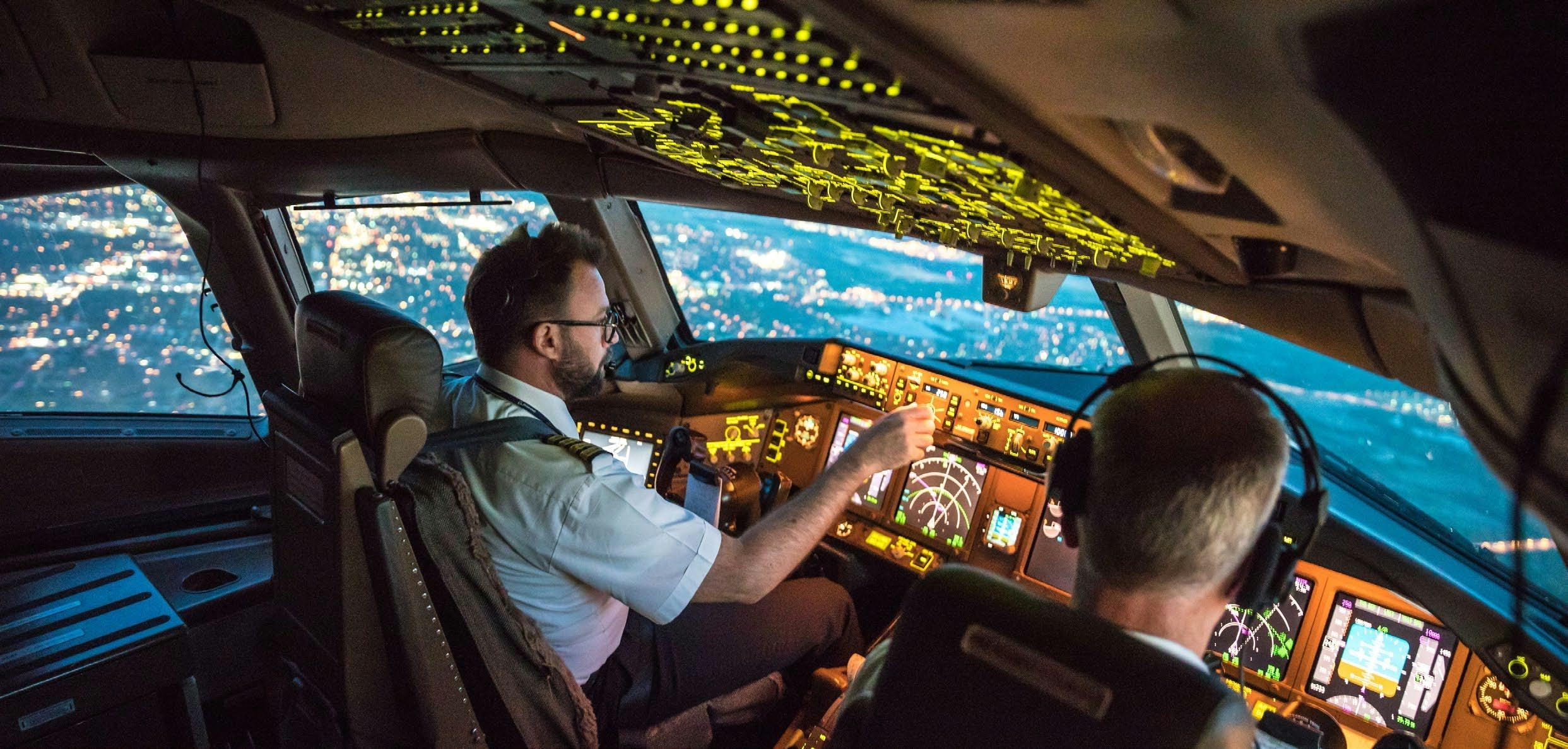
SESAR and Galicia Collaborate to Propel the Digital European Sky
The Xunta de Galicia and the SESAR Joint Undertaking (SESAR JU) have formalized a Memorandum of Cooperation (MoC) to strengthen joint efforts in research and innovation within air traffic management (ATM). This partnership seeks to leverage Galicia’s regional expertise to accelerate the realization of the Digital European Sky, focusing on enhancing safety, intelligence, and sustainability in European aviation.
This agreement represents the second of its kind between SESAR and a European regional authority, underscoring the increasing role of regional actors in shaping the future of European airspace. The timing coincides with Galicia’s launch of its Strategic Security, Defence and Aerospace Initiative 2025–2030, which articulates the region’s ambition to bolster its aerospace sector and foster innovation in dual-use technologies.
Advancing Air Traffic Management through Regional Innovation
Under the terms of the partnership, SESAR JU and Galicia will coordinate research and innovation activities aimed at modernizing European ATM systems. Galicia is designated as a regional testbed for pioneering air traffic solutions, capitalizing on its established strengths in aeronautical communications—including satellite systems—unmanned aerial vehicle (UAV) integration with detect-and-avoid technologies, flight simulation, ATM interoperability, and airport infrastructure conducive to demonstrations and regulatory sandboxes.
Andreas Boschen, Executive Director of SESAR JU, highlighted the significance of the collaboration, stating, “This agreement shows how regional innovation ecosystems can contribute to the Digital European Sky. By joining forces with Galicia, we can translate cutting-edge research into tangible benefits for citizens, such as safer, more sustainable, and more connected air mobility.”
María Jesús Lorenzana Somoza, Regional Minister of Economy and Industry of Xunta de Galicia, reaffirmed the region’s strategic commitment: “Galicia has long recognised aerospace as a strategic sector for our economy. Through this cooperation with SESAR, we aim to position Galicia as a testbed for innovation and to ensure that our research and industrial capabilities actively contribute to Europe’s technological leadership in aviation.”
Challenges and Market Dynamics
Despite the promising outlook, the journey toward a fully digital European sky faces significant challenges. Achieving interoperability and standardization will necessitate extensive coordination among a diverse array of stakeholders, including governments, airlines, and technology providers. The complexity of harmonizing varied interests and technical systems may impede progress and require sustained collaborative effort.
Market responses to SESAR’s initiatives are expected to be varied. While some traditional aviation stakeholders may exhibit skepticism toward rapid technological transformation, progressive companies are likely to embrace the changes, recognising the potential for efficiency improvements and competitive advantage. This dynamic may prompt other regions and nations to intensify their investments in digital sky initiatives, thereby heightening competition within the global aviation sector.
Nonetheless, the SESAR-Galicia partnership exemplifies a broader European dedication to innovation and sustainability in aviation. By integrating regional capabilities and fostering collaboration, the initiative aims to deliver concrete benefits to both the industry and the public, positioning Europe at the forefront of next-generation air traffic management.
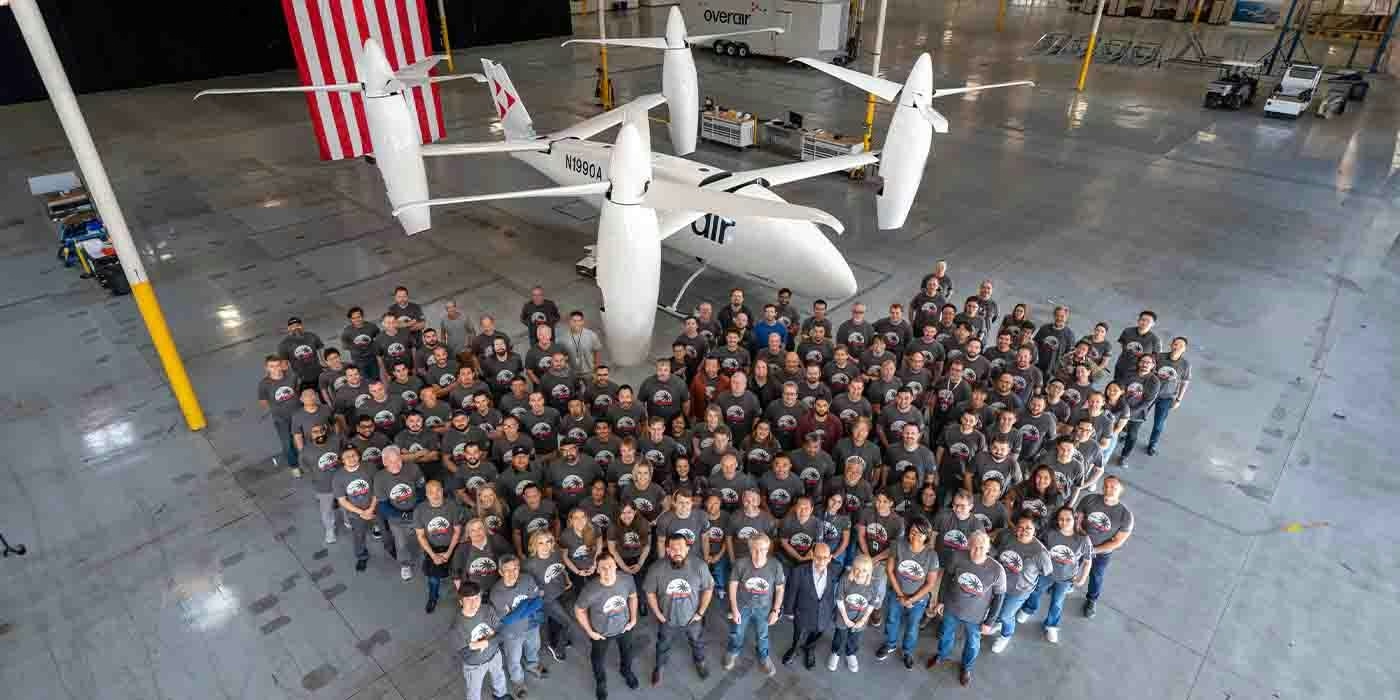
Unique mixed-propulsion eVTOL completes transition flight testing
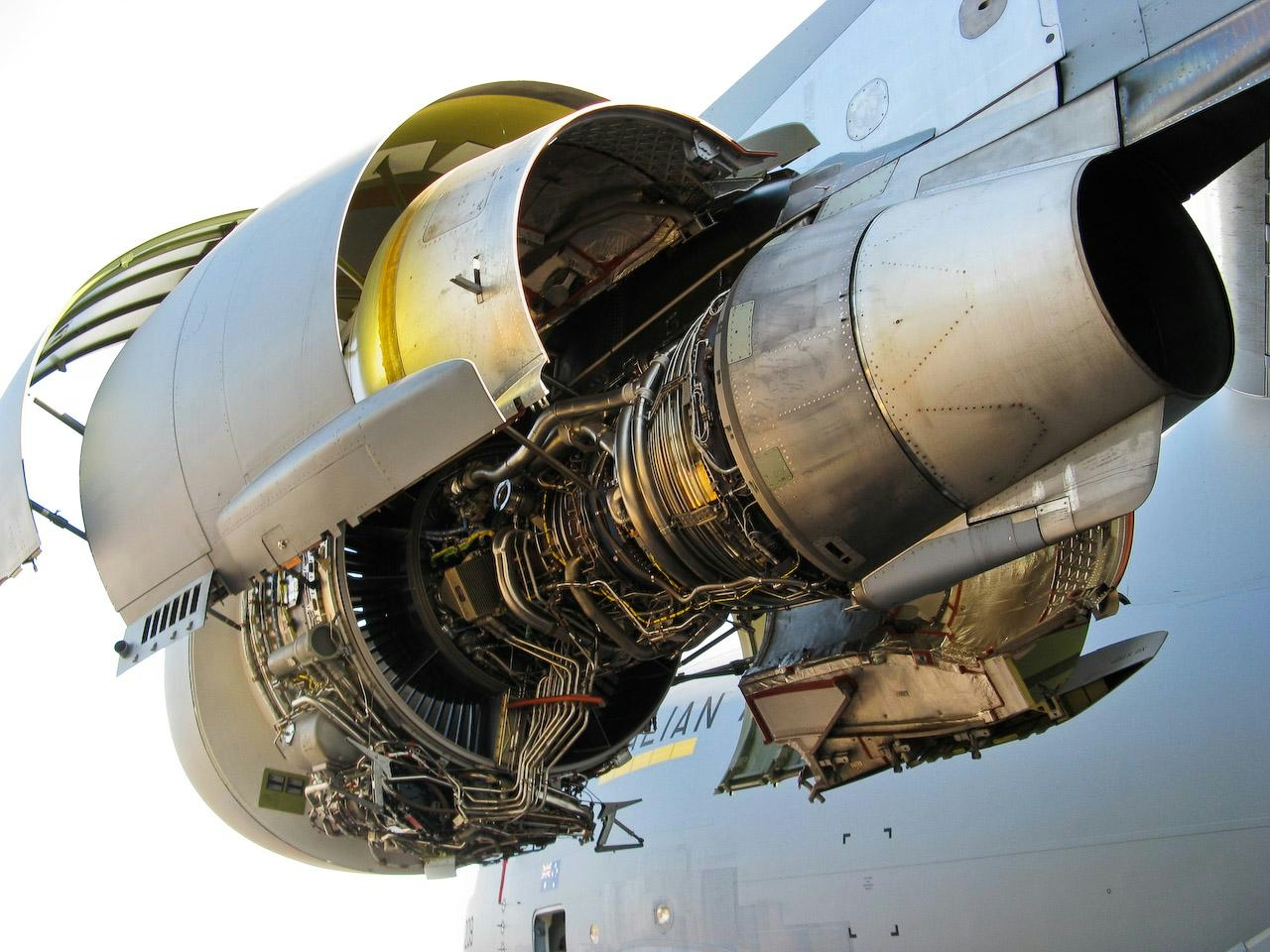
Are C-17 Globemaster Engines Derived from Boeing 757?
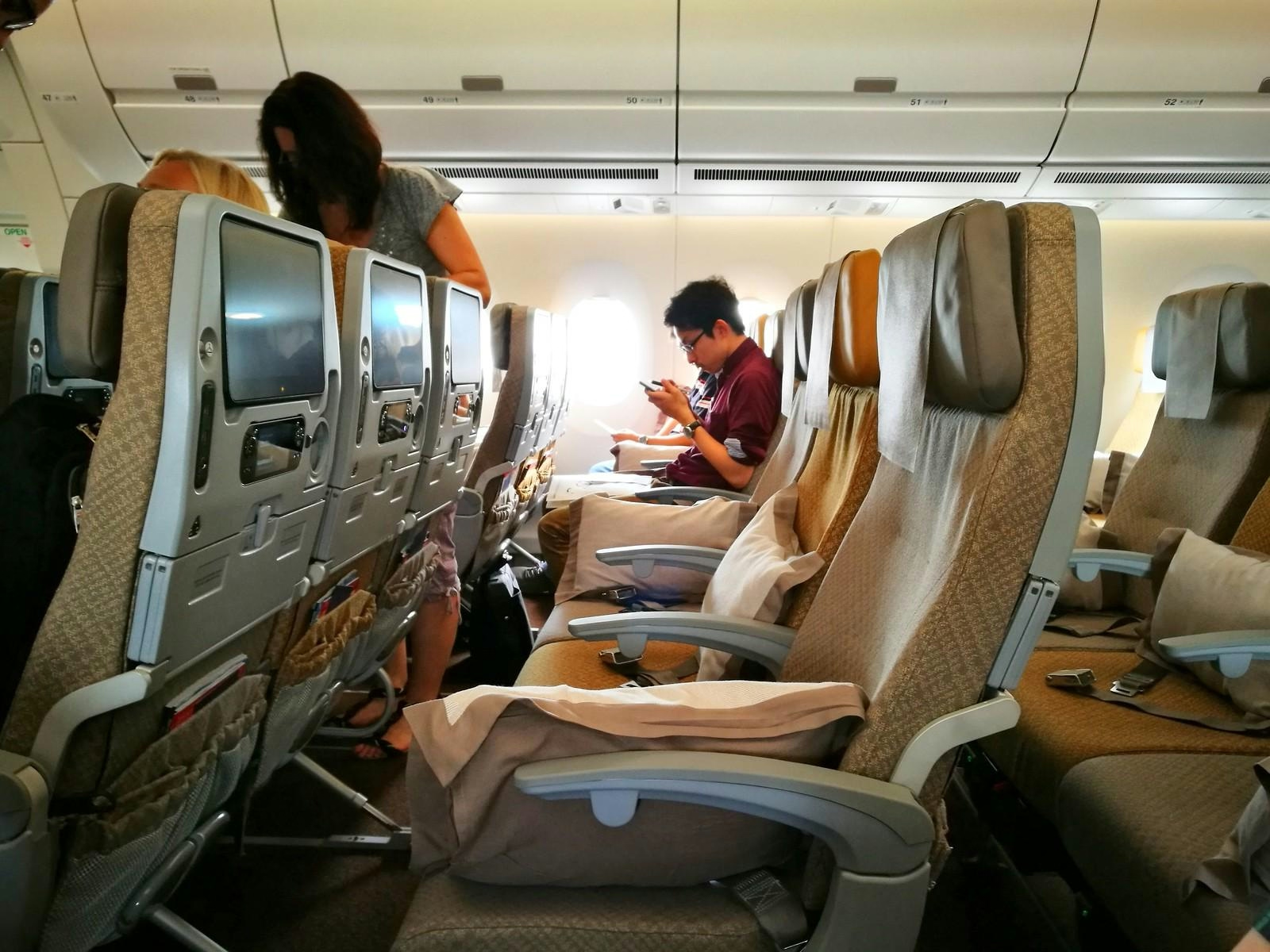
Why the Airbus A350’s Cabin Is Quieter Than Other Aircraft
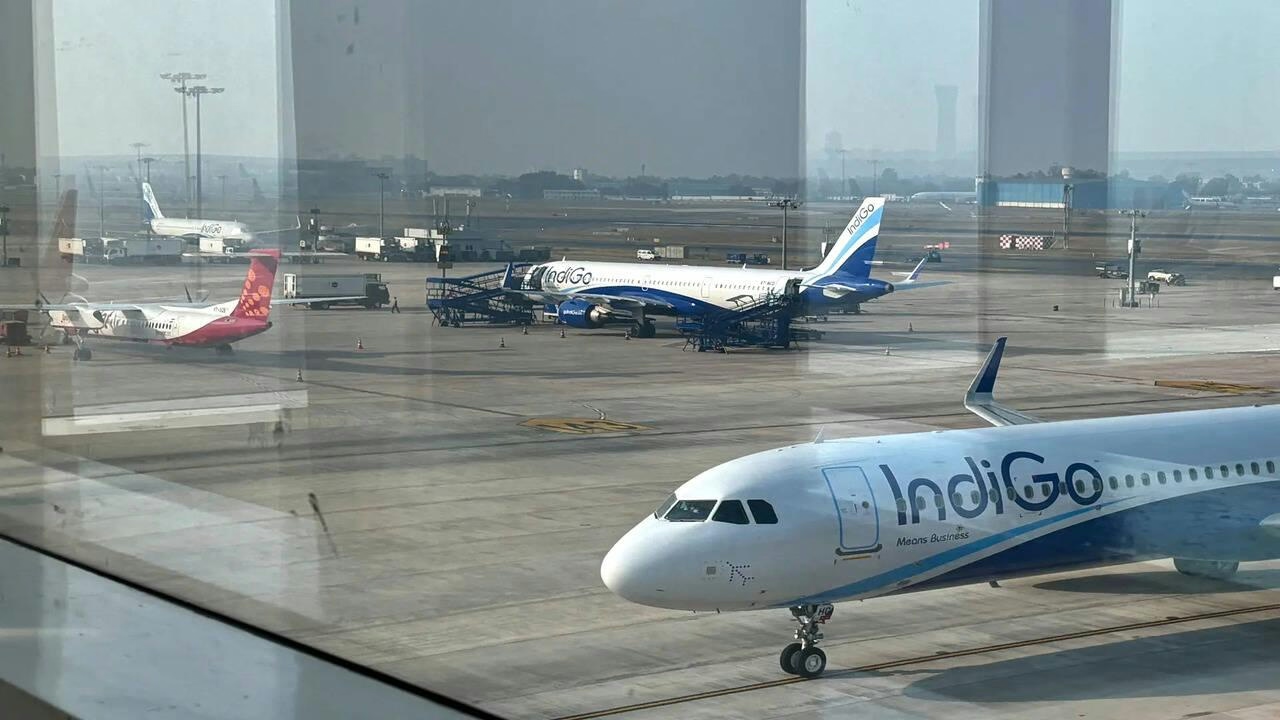
AI and AI Express Plan to Increase Capacity Amid IndiGo Flight Disruptions
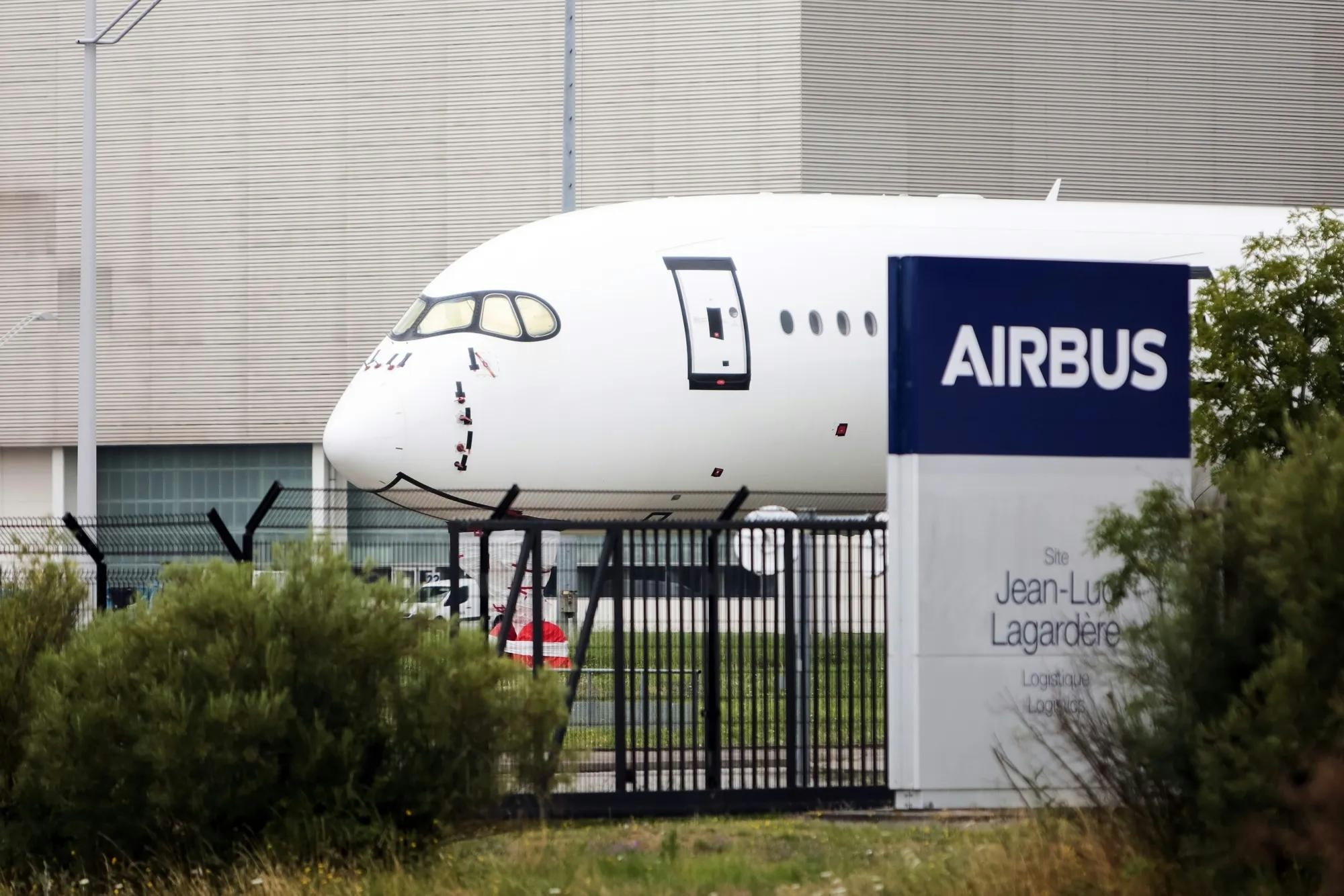
Kazakhstan and France Agree on Airbus Aircraft Deliveries
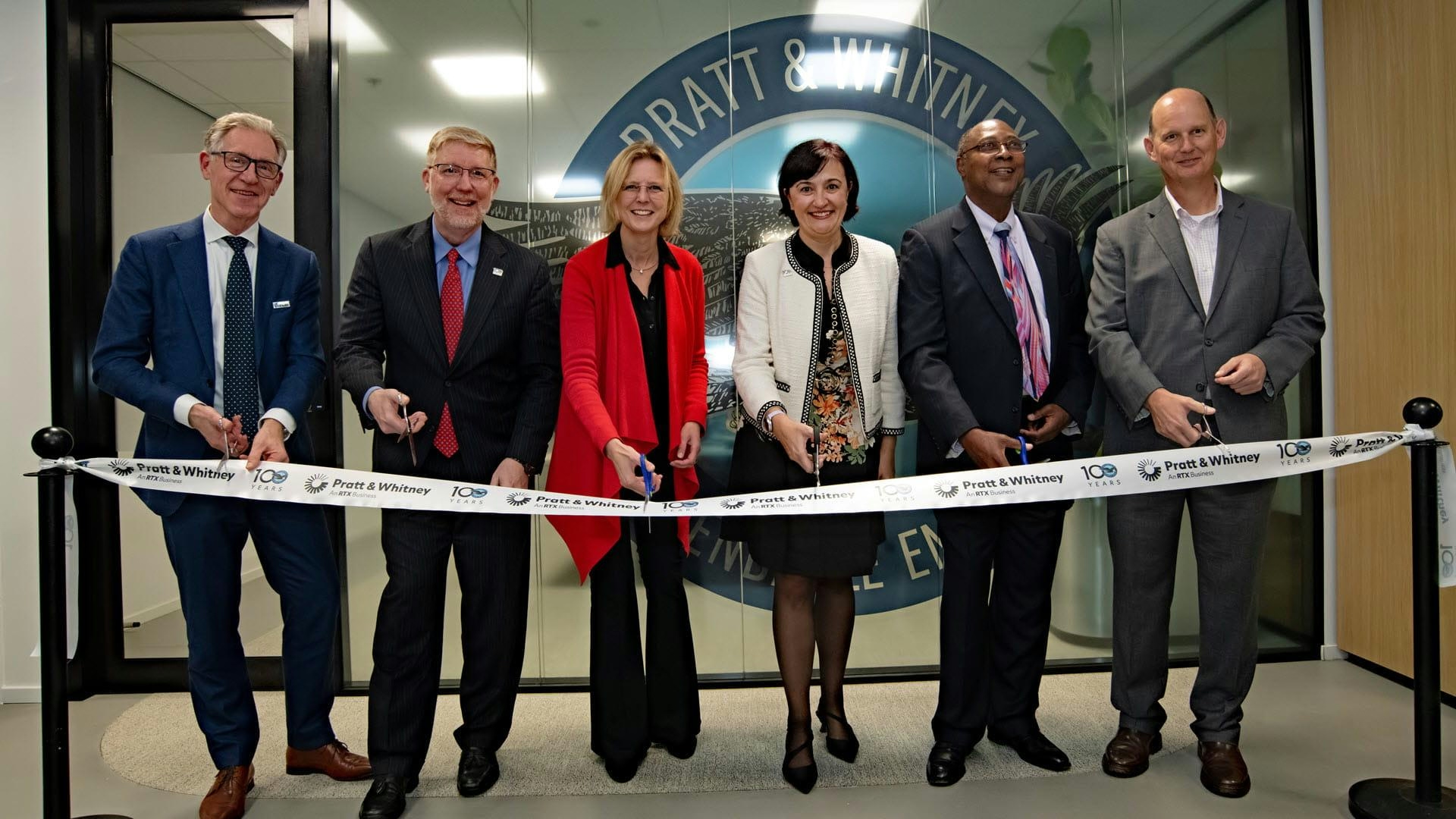
Europe’s Emerging Talent Drives Aviation Innovation
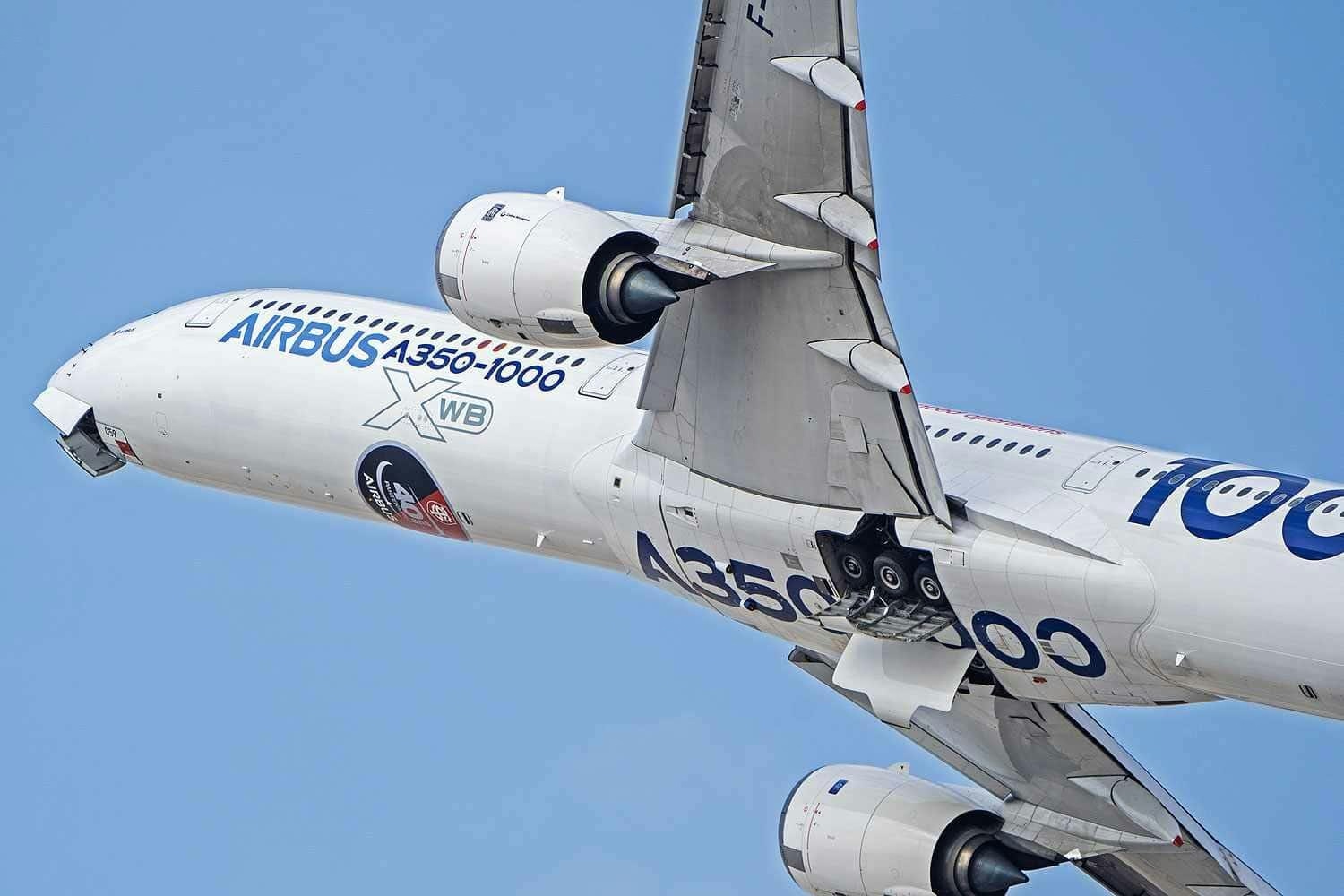
Airbus Receives New Order for A350-1000

The Leading Widebody Aircraft in Service Today
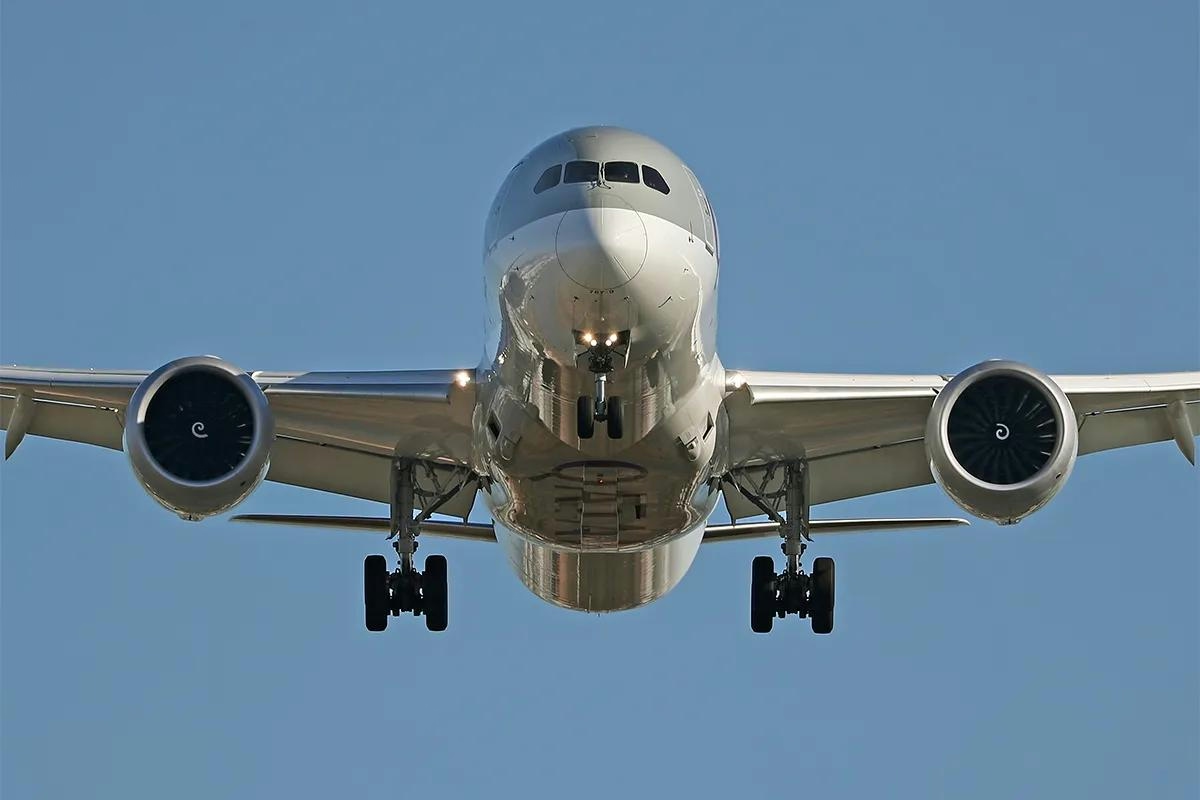
The Fastest Boeing Jet Currently in Service
